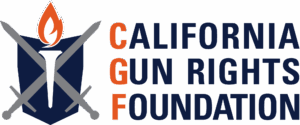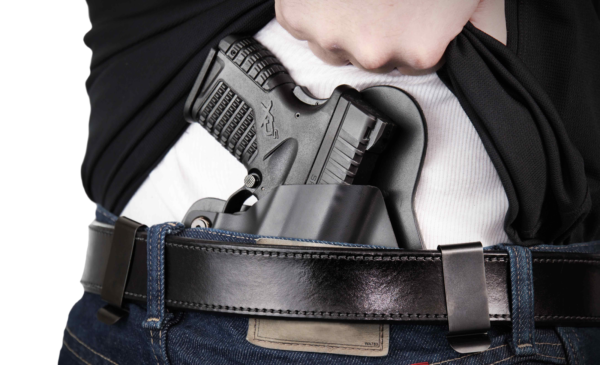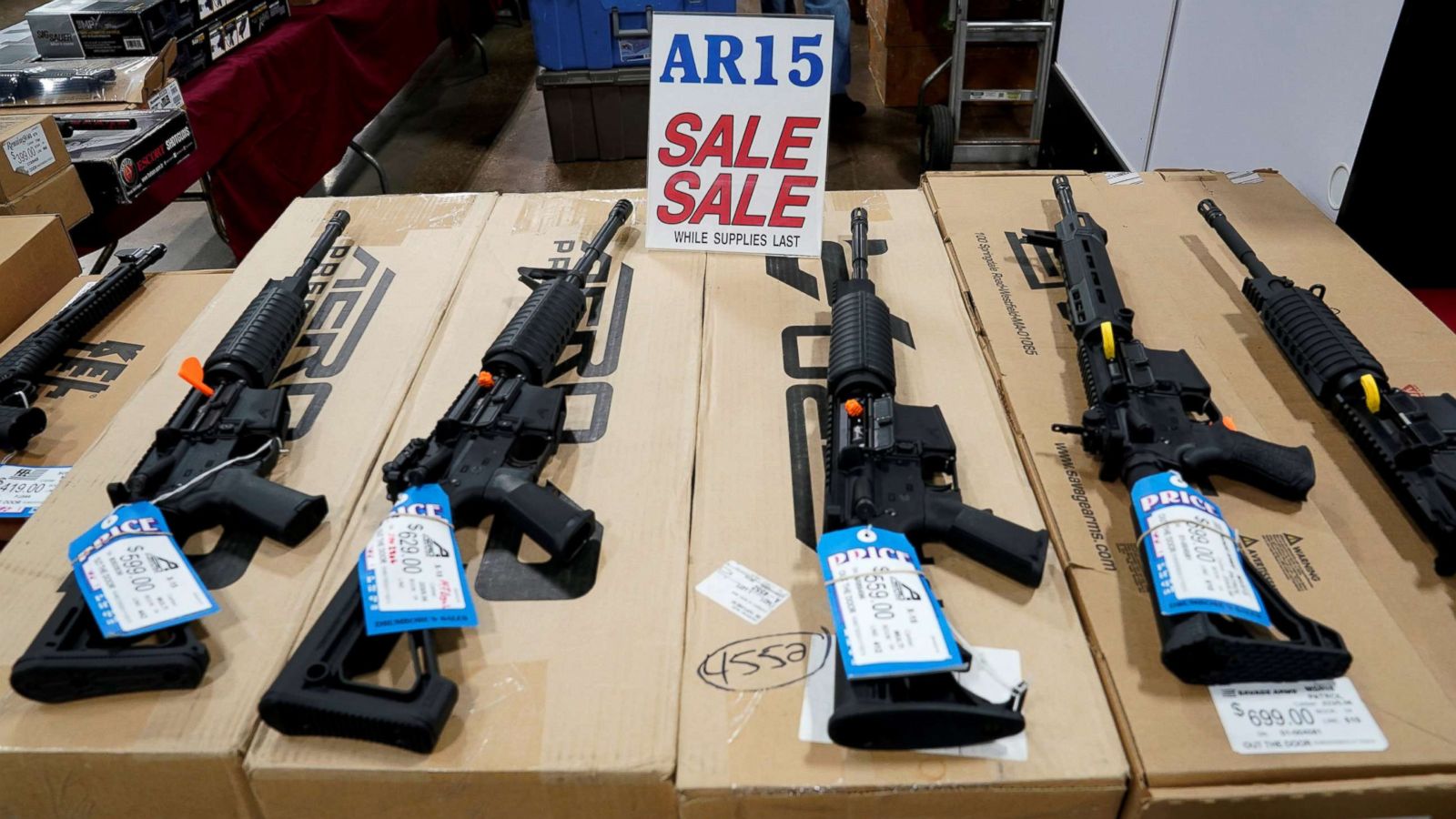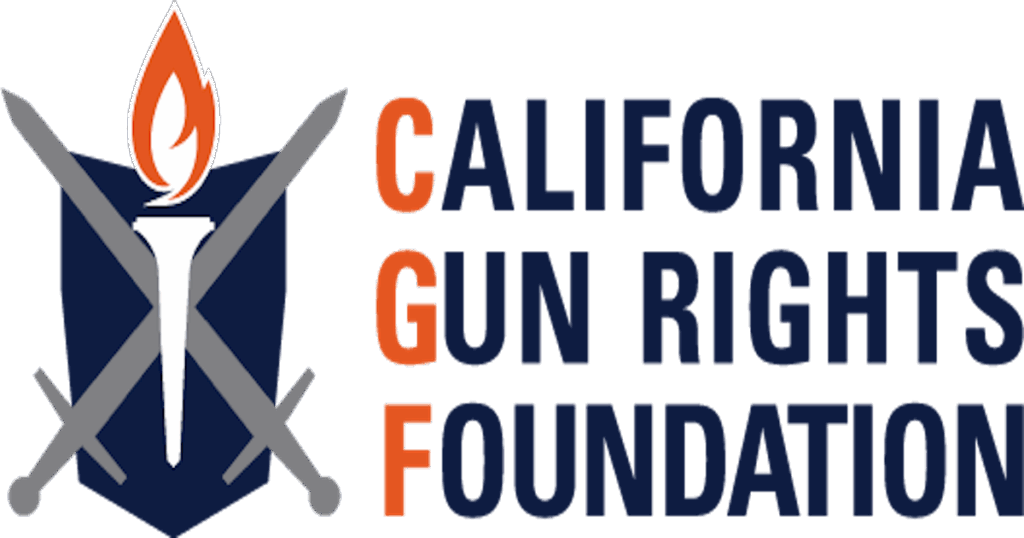Following the Ninth Circuit’s rejection of requests to intervene in the Peruta v. Gore carry license case by such anti-gun stalwarts as Attorney General Kamala Harris and the Brady Campaign, Riverside County Sheriff Stan Sniff doubled down on the concept of “discretion.” If you’ve at all followed his troubling [and, we argue, unlawful and unconstitutional] carry license policies and politician weasel-speak, this probably doesn’t come as a surprise. Sniff’s recent press release, captioned “Sheriff Sniff’s Observations on the Recent 9th Circuit Peruta Decision,” contains a few gems that we respond to below.
“Residents are reminded that California CCW issuance is discretionary by the police chief or sheriff, and is based upon both reason of (1) self-defense or self-protection, AND (2) good moral character.” (Emphasis in original.)
Apparently, the sheriff missed — or ignored — the entire point of the Peruta decision: “[T]he Second Amendment does require that the states permit some form of carry for self-defense outside the home,” Peruta v. County of San Diego, 742 F.3d 1144 (9th Cir. 2014) at 1172 (emphasis in original), because “carrying weapons in public for the lawful purpose of self defense is a central component of the right to bear arms” (Id at 1175).
As he ponders new ways of limiting law-abiding Riverside residents’ access to carry licenses through the application of “discretion,” Sheriff Sniff would be wise to remember that “regulations affecting a destruction of the right to bear arms, just like regulations that affect a destruction of the right to keep arms, cannot be sustained under any standard of scrutiny.” Id. (Emphasis in original.)
“The Riverside County Sheriff’s Department does not anticipate a big increase in CCW applications with our agency, as our posture prior to yesterday’s Circuit Court decision has been both fair and reasonable for years, with a very large variety of so-called good causes being entirely acceptable – and each one simply articulated and expanded these very same self-defense and self-protection criteria outlined in Peruta.” (Internal quotations omitted.)
Sniff’s assertion that his policies and practices have been “fair and reasonable for years” is, sadly, what one might expect from a self-congratulatory political animal that was recently re-elected. But the reality is that his “CCW” program has been as fair as the Obama administration has been transparent. In other words, not.
But the overwhelming irony of the sheriff’s admission here, that “each one” of the “very large variety of so-called good causes” he has accepted over the years “simply articulated and expanded these very same self-defense and self-protection criteria outlined in Peruta,” cannot go without mention. The same petulant Sheriff Stanley Sniff, who has for years rejected our efforts to help him craft a policy that conforms to state law and respects Second Amendment rights, now says his issuing criteria has always been about self-defense. (But only for those he, through his omniscience, deemed worthy.) The emperor’s clothes are looking a bit….sheer.
Sheriff Sniff is also wrong about the market demand for CCW licenses in Riverside County. By our estimate, which we based on county population and national carry license statistics (and was recently affirmed by statements of former Sacramento Sheriff John McGinness), Sniff is about 50,000 carry licensees short of issuing to equilibrium. If he doesn’t “anticipate a big increase in CCW applications,” he probably won’t be able (or care) to accommodate applicants in a timely manner when they come, either. We’ll be keeping an eye on that.
“CCW permits are required to carry a loaded, concealed firearm into our public places like driving on our roadways, and going to theaters, markets, and the like.” (Emphasis in original.)
The sheriff’s recitement of the obvious underscores how genuinely anti-gun his policies and practices have been — and, apparently, will remain until forced to change. (“In California, the only way that the typical responsible, law-abiding citizen can carry a weapon in public for the lawful purpose of self-defense is with a concealed-carry permit.” Peruta at 1169.) “Arguing that anyone and everyone that wants to carry a concealed firearm in our public areas should be able to do so,” The Press-Enterprise reported Sniff as saying in an email, “is not good public policy.”
Let’s recap: In order for Californians to exercise their Second Amendment rights outside their home, they need a carry license. But, says Sheriff Sniff, “California CCW issuance is discretionary” and issuing a license to “anyone and everyone that wants to carry a concealed firearm….is not good public policy.”
Thankfully, as the U.S. Supreme Court noted, “the enshrinement of constitutional rights necessarily takes certain policy choices off the table.” District of Columbia v. Heller, 128 S.Ct. 2783 (2008) at 2822.
“We may very well see the California Legislature react to this ruling by enacting new firearms laws this next year, and these issues in the various Circuit Courts may well still go forward to the Supreme Court of the United States.”
That the California Legislature might respond to the Peruta decision by proposing new gun control laws is hardly difficult to imagine. Indeed, politicians in Sacramento rarely (if ever) let a crisis go to waste. But which side of the argument will Sheriff Sniff find himself on: the NRA’s, which would surely lobby for looser restrictions, or on the side of California sheriffs and police chiefs — and Attorney General Kamala Harris — who strongly favor “discretionary” issuance and difficult local rules (like his) that have denied Second Amendment rights to law-abiding Californians since 1923?
If the sheriff’s pre and post-Peruta statements, policies, and practices are any indicator, we might very well see Sniff pushing for laws that give him even more power to strangle Second Amendment rights. And that will be, as they say, awkward.
Over on Facebook, the official page for the NRA Members’ Councils of California (NRAMCCA) recently shared Sheriff’s Sniff post announcing the Peruta press release. That the post was shared is not of itself terribly remarkable, as NRAMCCA are long-time supporters and endorsers of Sniff. The NRAMCCA’s replies to various commenters, however, seem to represent not only a deep philosophical divide between the NRA’s legal team and grassroots operations, but also a mile-wide gap between NRAMCCA and the law-abiding gun owners they represent. (A gap that was exposed during Sniff’s reelection campaign against challenger Chad Bianco.)
Take, for example, the following:



Now that the “good cause” element has been settled by the Ninth Circuit, some California licensing authorities — like Sniff — will lean hard on their “discretion” to deny licenses based on subjective standards for determining “good moral character.” Indeed, don’t be surprised if sheriffs and police chiefs look to the NRA Members’ Councils’ very posts on the subject as they craft their path forward: using an intensely burdensome and invasive process to force carry license applicants into the nigh-impossible position of proving that they have “good enough” moral character to exercise their fundamental, individual right to bear arms for self defense in public. (Sound familiar?) Psychological evaluations, polygraphs, and law enforcement interviews of neighbors and co-workers are the new front lines. Government licensing authorities will hide behind unpublished, unpredictable, and unconstitutional standards until they’re forced out into the open through expensive, time-consuming litigation. (Litigation, by the way, that our friends at the National Rifle Association will surely choose to participate in.)
It’s absolutely true that the NRA’s victory in Peruta is a tremendous step forward in the ongoing effort to restore the right to bear arms in states like ours. But if sheriffs and police chiefs, gatekeepers to the exercise of our civil rights, are going to force organizations like NRA to drag them kicking and screaming into a constitutional future, gun rights advocates are going to have to let go of the failed tactics of past decades — tactics that presided over California’s evolution from the land of freedom and opportunity to the Brady Campaign’s A-rated model of regulation.
We’re winning, California gun owners, and we’re winning in spite of recalcitrant sheriffs like Stan Sniff. Perhaps it’s time for the gun rights culture to embrace the momentum and remind our government officials that they work for us.



